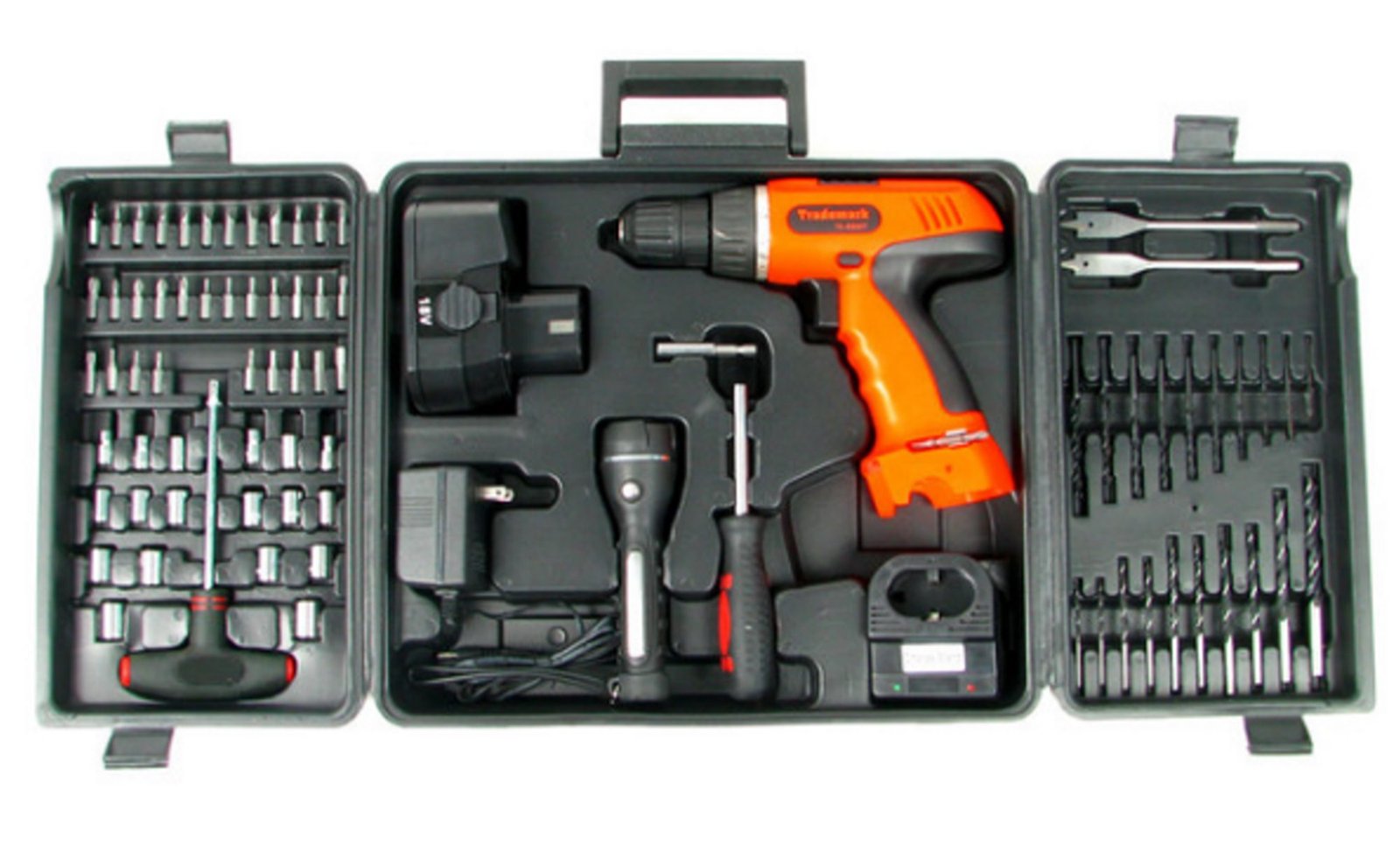Household dust – a terrible monster
Household dust is a terrifying beast. Many ordered, greedy women go insane, complicating life for allergy sufferers. What exactly is dust comprised of, and why does it annoy us so much? Mites and their excrement, human and animal hair, insects, pet dander, textile fibers, feathers, bacteria, mold, algae, and pollen grains are all components of dust. People who are allergic to dust are usually hypersensitive to one or more of its components. The majority of them are allergic to dust mites, specifically their excrement, which is one of the most powerful allergens. Allergic rhinitis, bronchial asthma, allergic conjunctivitis, and atopic eczema are all symptoms of hypersensitivity.
Please, read our post and do not forget to check our YouTube channel “Grig Stamate”:
https://www.youtube.com/@GrigStamate
You will find there, thousands of designing, furnishing, and decorating ideas for your home interior and outdoors.
Allow me to mention one of them:
Smart Design Ideas, Attics Turned into Living Spaces (video)
Although you cannot totally eliminate dust, you may reduce it by cleaning and washing on a regular basis. The rooms must be well ventilated and dry. It is a good idea to reduce the number of surfaces where dust, mites, and mold can easily collect and form. Carpets, rugs, fur, textile curtains, wallpaper, upholstered furniture, rag, woolen, and plush toys, dried flowers, aquariums, and pets should all be removed or limited.
Maintain proper air humidity, for example, by utilizing humidifiers or plants, to prevent dustiness. Dry air is harmful to wooden equipment and your skin. You can minimize the production of an electrostatic charge and reduce dustiness in the room by utilizing humidifiers, because moist air binds dust particles. As a result, there will be less dust on the furniture.
Does lacquered furniture get dusty?
Choose allergy-friendly furniture upholstered in leather, eco-leather, or washable fabric for an allergy sufferer’s apartment. You can also utilize antistatic fabric, which is also used in the manufacture of mattresses, pillows, and duvets. For office chairs, you can choose an antistatic mesh that does not attract dust. Because natural unpolished wood has no electrostatic charge, it does not collect dust, whereas varnished wood does. It is mostly determined by the type of varnish used and the manufacturing techniques used. Some surfaces literally attract dust, while others are virtually imperceptible.
Excessive dust deposition used to be mostly a problem with older lacquered furniture. Today, most manufacturers utilize production methods and technologies that rid the furniture of an electric charge, making it maximally antistatic. They limit the subsequent deposition of dust and the production of prints using this approach. An antistatic rod, for example, can be used as part of the painting line to remove the electric charge from the painted portions. The amount of “settled” dust also varies according to the varnish used. Waxed furniture has much better antistatic characteristics than furniture treated with other varnishes.
How to prevent dust from settling on lacquered furniture?
If lacquered furniture acquires more dust than is healthy, use an anti-static cleaner, polish, or furniture refinisher to reduce electrostatic charge and limit dust re-deposition. After that, simply dust the furniture with a duster whenever a speck of dust appears on it. It is advisable to use a sticky duster that absorbs dust rather than swirling it. Wiping the dust with a dry towel will merely distribute it around and cause it to “settle” on the furniture again.
Before cleaning the furniture, itself, carefully remove dust using an antistatic duster or cloth, especially if you have high-gloss furniture. Dust particles could scratch the shiny surface. Do not spray the polish directly on the furniture. You risk that a hard-to-remove coating will form on it, which will attract dust even more. Always spray the product on a cloth or sponge and then gently wipe the surface of the furniture. Finally, remove the remaining detergent with a clean cloth.
Other related posts from our website:
https://howtobuildahouseblog.com/new-gadgets-that-make-household-chores-easier/
https://howtobuildahouseblog.com/household-objects-that-can-be-cleaned-with-vinegar/
Thank you so much for your attention.
Stay tuned. We will upload many other amazing posts to our website and videos onto our YouTube channel.
Thank you so much.
for your time and attention.
Best Regards
See you to another post,
Bye, Bye


